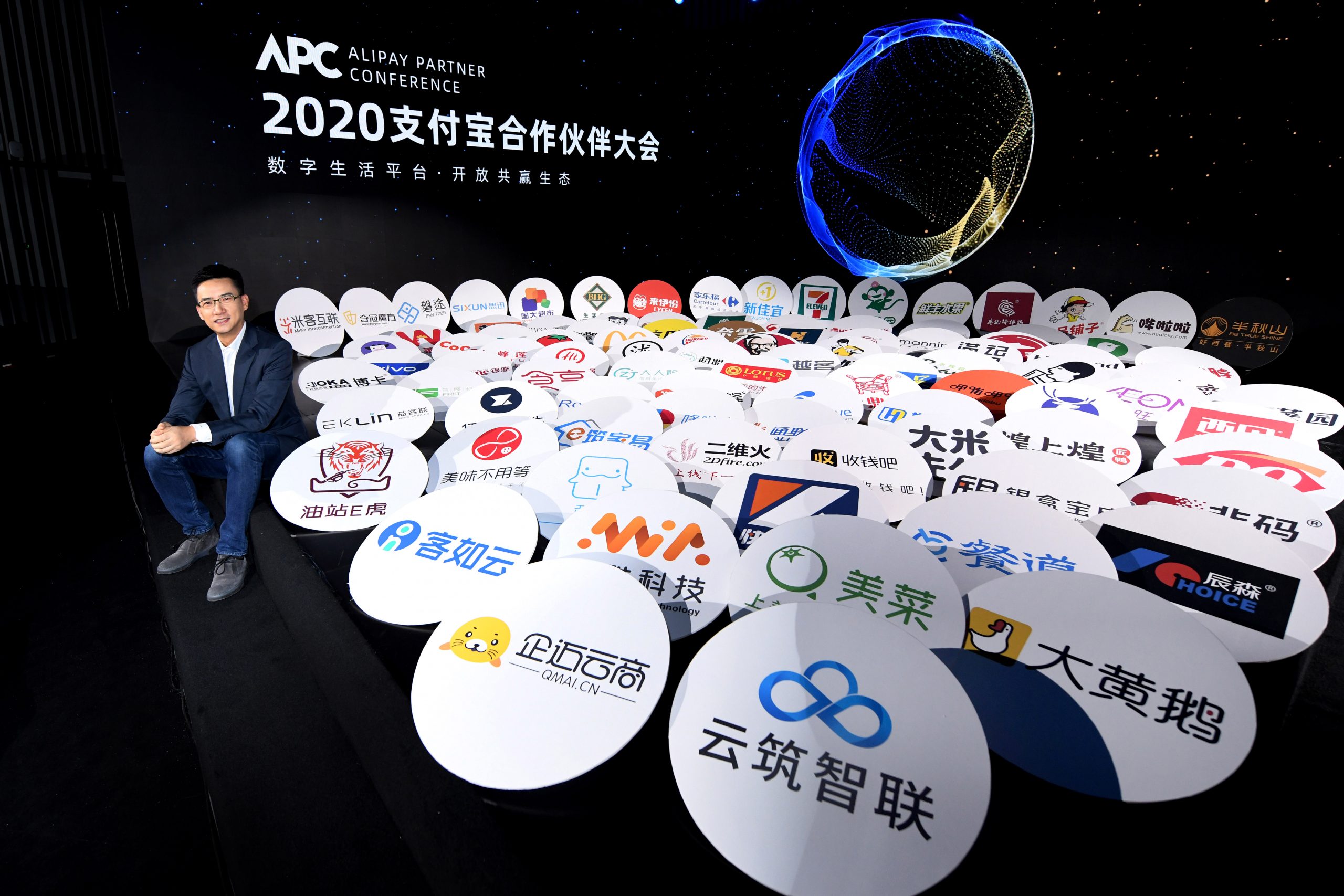
Alipay, the mobile payment platform operated by Ant Financial, this week laid out plans to open up its platform and offer upgraded tools and features to help 40 million service providers digitize their businesses over the next three years.
While an increasing number of merchants and consumers in China show a strong preference for digital transactions over the use of cash – as early as 2017, more than three-quarters of the population had embraced digital payments – approximately 80% of China’s service sector still has yet to digitize operations, said Simon Hu, CEO of Ant Financial.
“The service sector in China is still in the nascent stages of digital transformation, and that means it has huge untapped potential,” said Hu. “Building a one-stop digital lifestyle platform not only creates immense value for our users – it will also play an essential role in accelerating the digital transformation of the service industry and unlocking more growth opportunities.”
Digital Adoption Accelerates During Coronavirus
Originally launched in 2004 as a platform for financial services, Alipay has evolved into an all-in-one app that allows its 1.2 billion users to manage almost all of their lifestyle needs, from paying utility bills and ordering groceries to applying for loans.
According to statistics from Alipay, in 2019 alone, the number of searches for lifestyle services within the app increased 300% compared to 2018. It was also ranked the number one app in 2019 with the most active users worldwide by App Annie, a US-based app analytics company.
During the Covid-19 outbreak, Alipay introduced a campaign encouraging third-party developers to create mini-programs that would address users’ needs during the health crisis. Within a week of the campaign’s launch, 181 mini-programs were created and housed on the Alipay app, including programs for contactless grocery deliveries, legal and medical advice, logistics and public services.
Beijing-based grocery startup Meicai, which connects farmers with consumers and restaurants, was one of more than 1,200 developers that participated in the campaign. It launched a mini-program to jump start its delivery services on Alipay. Within one week, it attracted more than 800,000 new users and received orders from 80 cities across China.
For Hu, the campaign showcased the positive impact that digitization could have on the lives of users as well as service providers.
“Amid the ongoing coronavirus outbreak, we have also seen how digital technology can be used to help service providers become more agile and respond effectively to the fast-changing market environment,” he said.
Incentives for Digital Transformation
According to the National Bureau of Statistics, China’s service industry comprised 59.4% of the country’s GDP growth in 2019. Still, the majority of the sector continues to operate under traditional, brick-and-mortar business models.
To encourage more service providers embrace digital transformation, Alipay’s three-year plan included the following features and incentives:
- Updates that allow service providers to tap into Alipay’s traffic
- AI-driven incentive programs that encourage service providers to consistently improve the customer experience
- Personalized recommendations from different service sections
- Support from Alipay and 50,000 independent software vendors to digitize operations, increase efficiency and reach more customers
- Access to a broader user base through Alipay’s mini-programs, which can run on major platforms, such as Tmall and AutoNavi, within the Alibaba ecosystem.
By working with Alipay, service providers can be better prepared for digital transformations and start to streamline their businesses from payment to fund management, tapping into smart marketing tools and customer insights gained from the platform to acquire, retain and engage with consumers online.
“Since the very beginning, Alipay’s success has always depended on the success of our partners,” said Hu. “That is why we believe the only way to best serve consumers is to open up our platform further, so service providers can better tap into consumer demands.”
Sign up for our newsletter to receive the latest Alibaba updates in your inbox every week.




